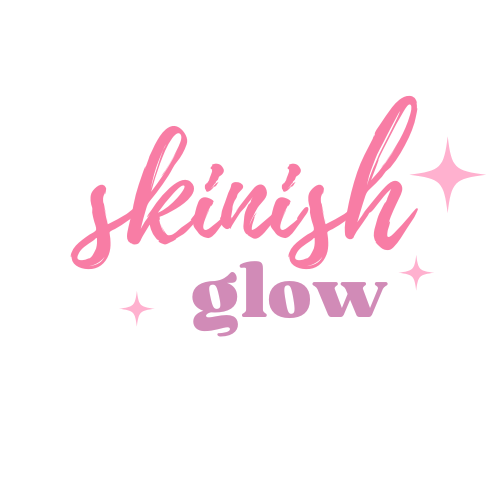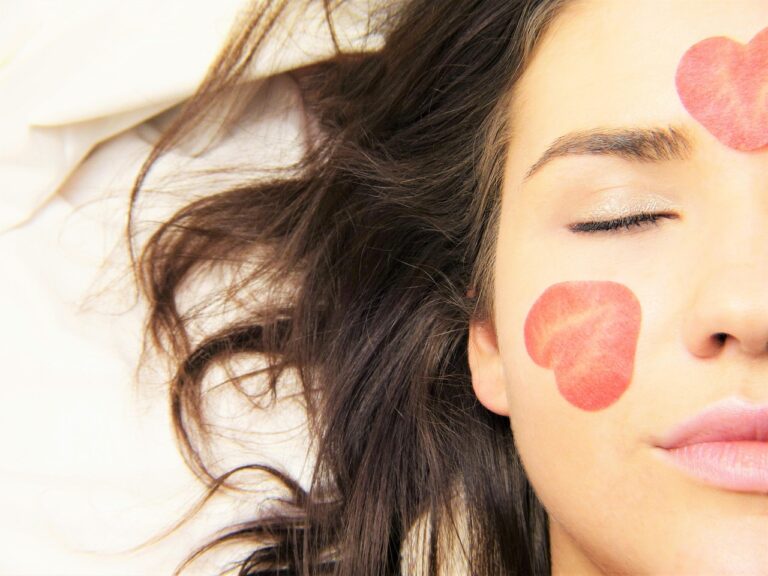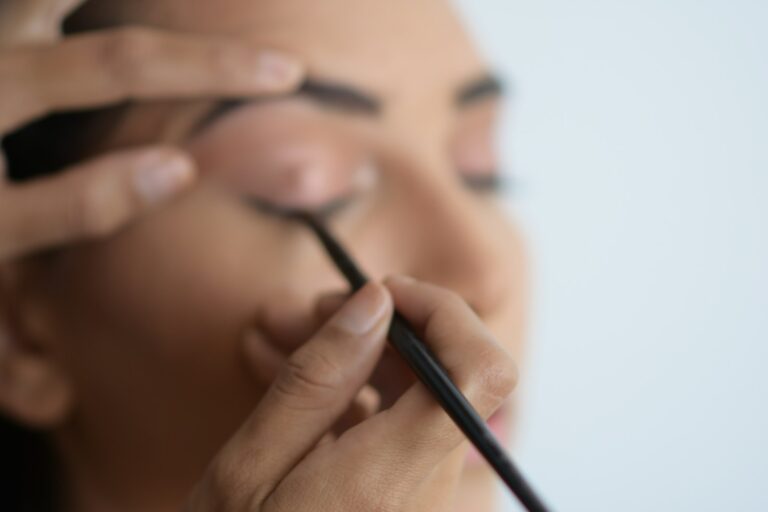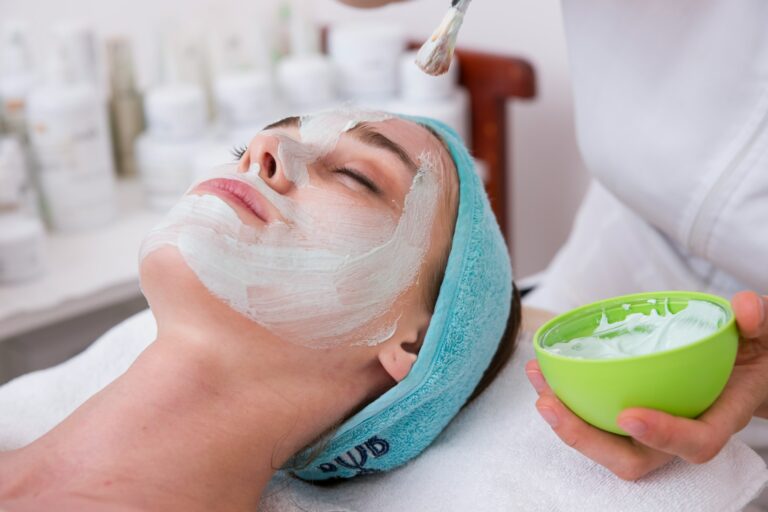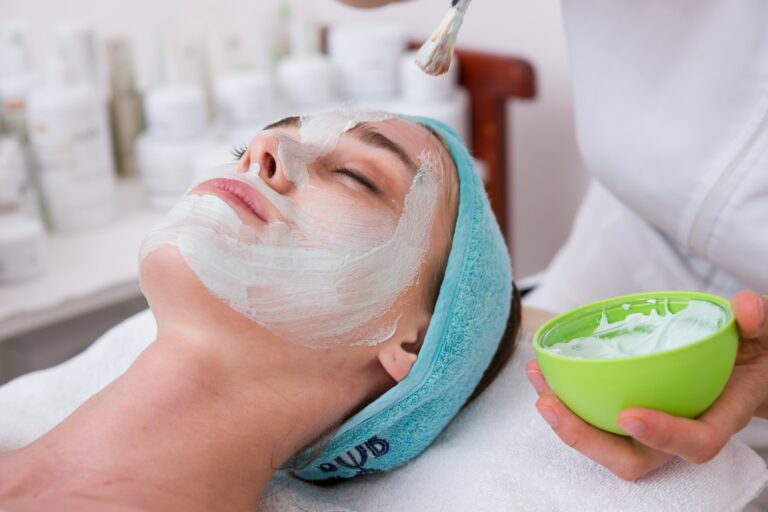Most people use personal care products that contain parabens and sulfates, but you might not be aware of the potential effects they could have on your health. Parabens are commonly used preservatives that can disrupt hormone function, while sulfates are cleansing agents that can cause skin irritation. Although these ingredients can enhance product performance, growing concerns about their safety have prompted many consumers to seek alternatives. In this post, we’ll probe into the facts and help you decide if you should be concerned about what’s in your beauty products.
The Science Behind Parabens and Sulfates
Defining Parabens: Structure and Function
Parabens are a group of synthetic compounds widely used as preservatives in cosmetics and personal care products. Their chemical structure includes a para-hydroxybenzoic acid base, characterized by the presence of a benzenoid aromatic ring with hydroxyl groups. This structure contributes to their effectiveness in inhibiting the growth of bacteria, molds, and yeast, allowing your lotions and shampoos to have a longer shelf life. Common variants include methylparaben, ethylparaben, propylparaben, and butylparaben, each chosen for their stability and ability to blend seamlessly with various formulations.
Concerns about parabens have arisen from studies suggesting potential hormonal disruptions due to their ability to mimic estrogen. While the Environmental Working Group and some health organizations evaluate parabens as safe in low concentrations, ongoing debates can leave you feeling uncertain if these compounds pose any risk to your health in everyday use.
Unpacking Sulfates: Mechanisms and Uses
Sulfates, such as sodium lauryl sulfate (SLS) and sodium laureth sulfate (SLES), are surfactants known for their ability to create a lathering effect in shampoos and body washes. Their amphiphilic nature allows them to bind with both water and oil, effectively breaking down dirt, grease, and sebum from the skin and hair. This makes sulfates particularly popular in cleansing products where foaming equals effectiveness in the eyes of consumers.
While you may enjoy that rich foam in your products, sulfates can also strip away natural oils and moisture, potentially leading to dryness and irritation for those with sensitive skin or conditions like eczema. Some users have reported adverse reactions, resulting in a push for sulfate-free alternatives that provide gentler cleansing without the associated risks of sulfation. Formulations without sulfates tend to include milder alternatives such as cocamidopropyl betaine, which can offer similar cleansing benefits while being less harsh on the skin.
The conversation surrounding sulfates continues to evolve with various studies examining their potential impacts on skin health. Some dermatologists assert that while sulfates are effective cleansers, they may also contribute to the disruption of your skin’s natural barrier when used excessively or in high concentrations. Adopting sulfate-free products could be worth considering if you find your skin or hair feeling more irritated than refreshed after washing, allowing for a more balanced approach to your personal care regimen.
The Controversial Debate: Safety vs. Efficacy
The debate surrounding parabens and sulfates is multifaceted, touching on consumer safety, regulatory standards, and the efficacy of these ingredients in personal care products. On one side, proponents of natural beauty products argue for the exclusion of these compounds, aligning their campaigns with a rising consumer preference for “clean beauty.” Conversely, many scientists and industry experts point to decades of research suggesting that both parabens and sulfates are safe for use in cosmetics at specified concentrations, emphasizing their role in preserving product integrity and ensuring thorough cleansing. Your understanding of this issue may impact your purchasing choices, as brands adapt to these competing pressures.
As you consider what’s best for your skin, being aware of the supporting research is crucial. While some studies have highlighted potential links between parabens and hormone disruption, the majority of safety assessments demonstrate that when used in regulated amounts, these compounds do not pose a significant health risk. Indeed, the European Commission has deemed certain parabens safe for cosmetic use. However, the public’s anxiety often persists, thanks to alarming headlines and a growing cultural narrative prioritizing organic ingredients over scientifically backed data.
Research Findings: What Studies Reveal about Parabens
Investigations into the effects of parabens have produced mixed results. Some research highlights the ability of these compounds to mimic estrogen in the body, raising concerns about potential links to breast cancer and reproductive health issues. Notably, a study published in the “Journal of Applied Toxicology” detected parabens in breast tissue, fueling fears. Yet, further examination indicates that these levels are significantly lower than those associated with adverse effects, leading many experts to declare that the concentrations found in cosmetics are inconsequential. Regulatory agencies continue to affirm that, when used within safe limits, parabens present no threat to human health.
Further, a comprehensive review by the Cosmetic Ingredient Review concluded that parabens, when applied topically, do not accumulate in the body to harmful levels, which has been crucial in defining their safety profile. Your decision to use products containing parabens could hinge on personal values versus scientific consensus, especially when marketing claims often emphasize perceived dangers over empirical data.
Sulfates and Skin Sensitivity: Myth or Reality?
Many individuals have voiced concerns regarding sulfates, particularly sodium lauryl sulfate (SLS) and sodium laureth sulfate (SLES), often citing issues such as skin irritation or dryness as justification for avoiding them. While sulfates serve as effective cleansers and foaming agents, providing that satisfying lather many love, the association with sensitivity is not always clear-cut. Individual skin types vary widely, and what may irritate one person could be perfectly tolerable for another.
Scientific literature has produced some evidence to support claims of sulfates causing irritation, particularly in those with pre-existing skin conditions like eczema or psoriasis. An article in “Dermatitis” highlighted that a small subset of the population might experience adverse reactions, but for most users, sulfates can safely be included in their skincare routines. Again, concentration levels play an crucial role, with products formulated to balance cleansing power and moisture retention generally being quite gentle.
It’s also worth noting that some brands have responded to consumer feedback by reformulating their products to include milder surfactants or sulfate-free alternatives, reinforcing the focus on providing options tailored to different skin types. If you have sensitive skin, you might want to experiment with different formulations to find what works best for you. Ultimately, being informed about ingredients and their potential impacts on your skin can empower you to make choices that align with your skincare needs and preferences.
Consumer Trends: A Shift Toward Clean Ingredients
The Rise of Paraben-Free and Sulfate-Free Products
Your shopping habits reflect a growing demand for products that align with a cleaner lifestyle. Many beauty brands have taken note of this trend, leading to a remarkable increase in paraben-free and sulfate-free offerings. According to a report by Grand View Research, the global clean beauty market is projected to reach a staggering $25.11 billion by 2025. As consumers prioritize transparency and holistic wellness, brands are reformulating their products to eliminate potentially harmful ingredients while promoting natural alternatives.
In practical terms, this shift means that you’re likely to see more labels boasting “paraben-free” and “sulfate-free” prominently displayed on shelves. For instance, companies that once relied on traditional preservatives are now using natural options like crucial oils or vitamin E to keep their products fresh without sacrificing safety. These changes resonate strongly with you, as research indicates that nearly 60% of consumers are willing to pay more for brands that prioritize clean formulations.
Brand Reactions: Marketing Strategies in Response to Consumer Demand
In an evolving marketplace, brands have rapidly adapted their marketing strategies to cater to your preferences for clean ingredients. You may have noticed more campaigns focusing on the “clean beauty” movement, highlighting the absence of parabens and sulfates in their products. Notably, brands such as Olay and Neutrogena have launched paraben-free lines, clearly communicating their commitment to safer, more effective formulations. This pivot has allowed them not only to attract conscientious customers but also to enhance brand loyalty through increased trust.
Brands understand that credibility plays a pivotal role in consumer choices, so creating transparency in ingredient sourcing and formulation processes is a critical component of their strategy. For instance, L’Oréal has committed to making 100% of its products “clean” by 2030, ensuring that their entire portfolio will avoid harmful components. This level of ambition not only meets your demands but also positions them as leaders in the clean beauty sector.
In addition to reformulating products, companies are leveraging social media and influencer partnerships to elevate their messaging about clean ingredients. Engaging narratives about the harmful effects of parabens and sulfates are shared widely, allowing consumers like you to become informed advocates for your skincare choices. Additionally, educational content that explains the benefits of clean beauty ingredients further enhances brand affinity, creating a community around shared values and priorities.
Practical Tips for Navigating Ingredient Labels
- Understand the basics: Familiarize yourself with common terms related to parabens and sulfates
- Look for certifications: Seek out products that are labeled paraben-free or sulfate-free
- Read beyond the label: Investigate brands and their sourcing practices for additional peace of mind
- Prioritize transparency: Choose companies that provide full disclosure of ingredients and their purposes
How to Decode Product Labels Effectively
Deciphering ingredient labels can be daunting, given the complex terminology used. Start by focusing on the first few items on the list, as ingredients are typically listed in descending order of concentration. For example, if you see sodium lauryl sulfate as one of the first ingredients, it’s wise to reconsider that product, as it’s likely to contain a significant amount. Conversely, if parabens appear towards the end, the formulation probably contains only a minimal concentration, which could be acceptable considering the context of your skincare routine.
Look for alternative ingredients that are heralded as safer options. Ingredients like cocamidopropyl betaine or glycerin can be effective substitutes for sulfates, providing cleansing benefits without the harshness. This way, you can make informed choices by scrutinizing labels, asking informed questions, and ensuring that your products align with your health and wellness goals.
Recommendations for Choosing Safe Alternatives
With the variety of products on the market, selecting safe alternatives to parabens and sulfates involves a few strategic moves. Start by opting for products from reputable brands that prioritize clean and transparent formulations. Look for labels that highlight being paraben-free and sulfate-free, but don’t stop there. Analyze the complete ingredient list. Brands that are committed to safe formulations often feature a simple ingredient list that avoids unnecessary additives.
Certification marks can be invaluable in this process. Products with third-party certifications such as the Environmental Working Group (EWG) Verified mark or USDA Organic ensure that the product complies with higher safety and ingredient standards. You can also explore brands that are cruelty-free, vegan, and emphasize sustainability, which reflects a comprehensive approach to ethical consumerism. The focus on natural ingredients often translates to fewer harmful chemicals, giving you the peace of mind you need when navigating the beauty aisle.
Long-term Implications: Regulation and Influence on Industry Standards
Current Regulatory Landscape Surrounding Parabens and Sulfates
The regulatory framework governing parabens and sulfates varies significantly across different regions. In the United States, the Food and Drug Administration (FDA) has not banned parabens; they are still considered safe at low levels in cosmetics and personal care products. However, specific attention is now turning to consumer demand for transparency, as many brands opt to label their products as “paraben-free” even if the FDA sees them as harmless. This shift demonstrates a growing consumer preference for ingredients perceived as safer, resulting in a wave of new regulations and recommendations.
In the European Union, regulations are more stringent, with several types of parabens banned from use in cosmetics entirely. The EU Cosmetics Regulation provides a detailed list of permitted and prohibited substances, emphasizing consumer safety and product integrity. This disparity between U.S. and EU regulations has led to increased scrutiny of product formulations in the United States, as brands hoping to thrive in a global market must often adhere to the stricter European guidelines even in the absence of a national mandate.
The Future of Clean Beauty: Trends and Predictions
The beauty industry is undergoing a significant transformation, with the clean beauty movement gaining traction among consumers who prioritize natural, non-toxic ingredients. As you navigate the evolving landscape, you’ll notice a marked increase in brands dedicated to transparency and sustainability. Companies are increasingly abandoning not just parabens and sulfates but also a whole host of synthetic ingredients deemed harmful. This trend aligns with a broader societal shift toward health-conscious living, encouraging firms to invest in research that supports safer alternatives.
Experts suggest that by 2025, the clean beauty market is expected to reach $22 billion, powered by consumers demanding ethical practices and clean formulations. You can anticipate developments in formulations derived from plant-based sources and natural preservatives that provide effective results without compromising your skin’s health. As these trends evolve, brands that prioritize ethical sourcing and environmental responsibility will likely lead the charge in consumer preferences.
Conclusively, the future of clean beauty isn’t just about eliminating parabens and sulfates; it’s about a comprehensive evolution in how products are conceived, formulated, and marketed. As consumer awareness rises, you will see a continual push for innovation that aligns with your values, ultimately shaping a beauty industry that’s more in tune with health and environmental sustainability.
Conclusion
So, as you evaluate your personal care products, it’s important to consider the presence of parabens and sulfates. While some studies have raised concerns regarding the potential health implications of these substances, the overwhelming consensus from regulatory bodies is that they are generally safe in the concentrations commonly used. However, if you tend to have sensitive skin or specific concerns about certain ingredients, you may choose to opt for paraben-free and sulfate-free alternatives to better align with your preferences and comfort level.
Ultimately, being informed about the products you use can empower you to make choices that suit your lifestyle and skin type. Consider checking labels for ingredients that align with your values and do thorough research to stay updated on any emerging science related to skincare ingredients. Your skincare routine should reflect your needs and preferences, helping you feel confident and secure in your choices.
